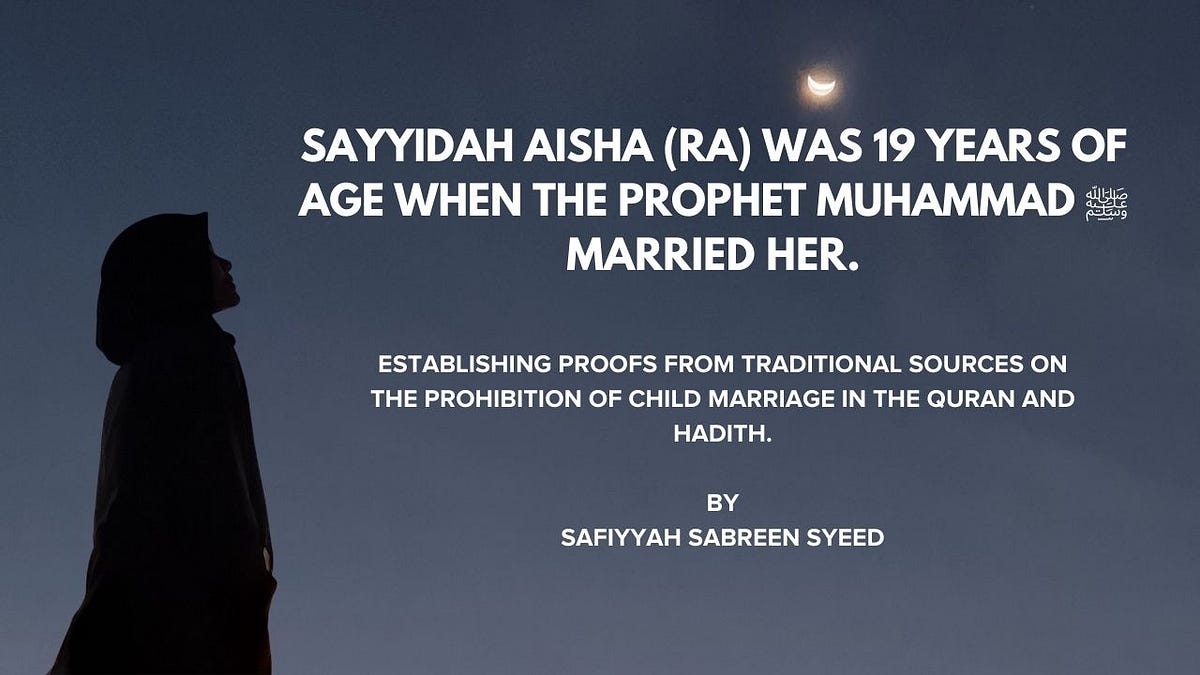Have you ever wondered about the lives of historical figures beyond their most famous moments? So, it's almost a natural curiosity, isn't it?
When we think about early Islamic history, certain names really stand out, and Ayesha, the wife of Prophet Muhammad, is definitely one of them. People often focus on her marriage or her closeness to the Prophet, which is very understandable, you know. But her story, in a way, goes on much further, offering a rather rich look into the early Muslim community and what happened to Ayesha in Islam.
It’s a bit like looking at a tapestry; there are so many threads, and each one tells a part of a bigger picture. What happened to Ayesha in Islam after the Prophet’s passing is a truly fascinating chapter, full of contributions, challenges, and a lasting impact that shapes how we get a sense of Islam even today. We'll explore her journey, you know, and see how she continued to influence a growing faith.
Table of Contents
- Ayesha: A Brief Biography
- Personal Details and Bio-Data
- Life After the Prophet's Passing
- Frequently Asked Questions About Ayesha
- A Lasting Influence
Ayesha: A Brief Biography
Ayesha bint Abi Bakr, a truly remarkable woman, holds a very special place in Islamic history. She was the daughter of Abu Bakr, who would become the first Caliph of Islam, a pretty big deal, you know, for the fledgling Muslim state. Her early life, like many at that time, was shaped by the vibrant and changing world of Mecca and Medina, two places that were, basically, at the heart of the Prophet's mission. She married Prophet Muhammad at a young age, and this union, in a way, brought her even closer to the very core of the nascent Muslim community, giving her a unique vantage point.
She was known, really, for her sharp mind, her excellent memory, and her deep understanding of religious matters. People often looked to her for guidance, even during the Prophet's lifetime, which is that, a testament to her early wisdom. She learned directly from him, seeing and hearing things that many others simply didn't get to witness or understand in the same direct way. This direct exposure, you know, to the Prophet’s teachings and way of life, made her a truly invaluable source of knowledge for generations that came after. Her role, even then, was quite something, a real foundation for what was to come.
Personal Details and Bio-Data
| Full Name | Ayesha bint Abi Bakr |
| Father | Abu Bakr as-Siddiq (First Caliph of Islam) |
| Mother | Umm Ruman bint Amir al-Kinaniyah |
| Spouse | Prophet Muhammad (peace be upon him) |
| Birthplace | Mecca, Arabian Peninsula |
| Date of Birth | Circa 613-614 CE (approx. 8-9 years before Hijra) |
| Date of Passing | 17 Ramadan, 58 AH (July 16, 678 CE) |
| Place of Passing | Medina, Arabian Peninsula |
| Burial Place | Jannat al-Baqi, Medina |
| Known For | Wife of Prophet Muhammad, prominent scholar of Hadith and Fiqh, political figure, teacher, and a source of vast religious knowledge. |
Life After the Prophet's Passing
So, what happened to Ayesha in Islam after the Prophet Muhammad's passing in 632 CE? Her life, you know, took on a rather different shape, but her influence, in a way, only grew. She remained in Medina, a central figure in the early Muslim community, basically, a living link to the Prophet's time. This period, really, saw her step into even more prominent roles, moving from being the Prophet's wife to becoming a leading light for knowledge and guidance for the entire community. It's quite something, actually, to see how she adapted and continued to contribute to the faith.
She lived for many years after the Prophet, nearly five decades, which is a significant amount of time, obviously, for someone to be a guiding presence. During these years, she was a go-to person for many, offering insights and rulings on various matters that came up in the daily lives of Muslims. Her home, in a way, became a place where people sought wisdom, a sort of informal school, you could say, where deep learning happened. This shows, pretty clearly, just how much people respected her understanding and her incredible memory. She was, in short, a pillar of the community.
A Scholar and Teacher
Ayesha was, without a doubt, one of the most knowledgeable people of her time, particularly in matters of Islamic law and the Prophet's sayings. She had a truly incredible memory, and she remembered countless narrations from the Prophet, which are known as Hadith. These Hadith, you know, are basically records of the Prophet's words, actions, and approvals, and they are super important for understanding Islam, giving us a picture of his daily life. She narrated over 2,000 Hadith, making her one of the most prolific narrators, which is quite a feat, really, considering the oral tradition of the time.
Her house in Medina became a vital center for learning. Students, both men and women, would come to her, seeking knowledge and

![[S01] [E146] The Problem of Age of Ayesha رضی اللہ عنہا in Islam](https://i.ytimg.com/vi/ejwcTJ-J_-A/maxresdefault.jpg)

